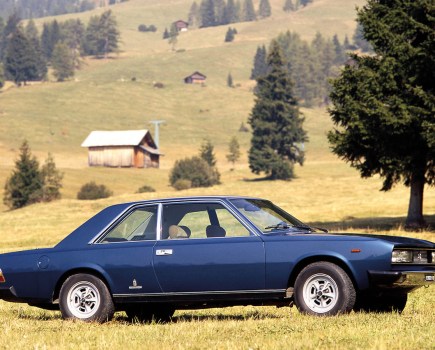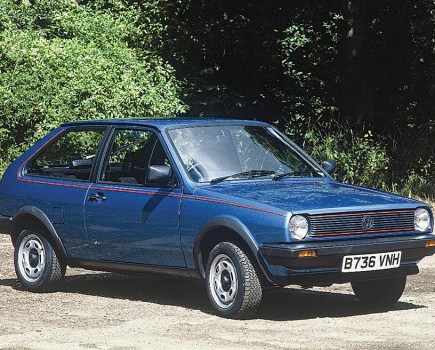People’s cars are traditionally built to be simple, practical and cheap – but that doesn’t stop them becoming fantastic classics. Here our our favorites
Ford Model T (1908–1927)
Ford’s Model T was significant for two fundamental reasons – marketing and production. It was an easy car to own, not just for its reliability and ease of maintenance but also for the widespread network of dealers around North America.
The production was continuously refined and would become the model for a new era of mass-produced automobiles. Early cars are easily identified by their five-sided angular bonnet, later ones having a more modern tapered design, by which time production was up to nearly three-quarters of a million per year and retail price down to a minimum. It quickly became the ubiquitous people’s car for the 1910s and 1920s, also going global, for one being built in Manchester’s Trafford Park plant in right-hand drive.
As is the case for many cars of this age, there were a good range of body styles available, although not too many colours. While some, over the years, have been hot-rodded, there remain plenty of original cars available on the market to meet prospective buyers’ demand.
Being a car that is a century old, it has gone through multiple stages of depreciation and appreciation. As recently as the 1990s and early 2000s, cars from the 1940s and 1950s really took off, owing to their superior driveability and electrics. The Model T took another fall, around 30% in values, as enthusiasts measured their classics’ usability in modern traffic. Over the last decade prices in the UK have hovered around £20,000 for reasonably nice examples.
The best, early models can command far more, even double, for their heritage claims, while lesser, more scruffy and common models struggle to find a place in the high interest parts of the market. Values are climbing steadily but very slowly, and only the appearance of special models tend to have an impact on the Model T market.
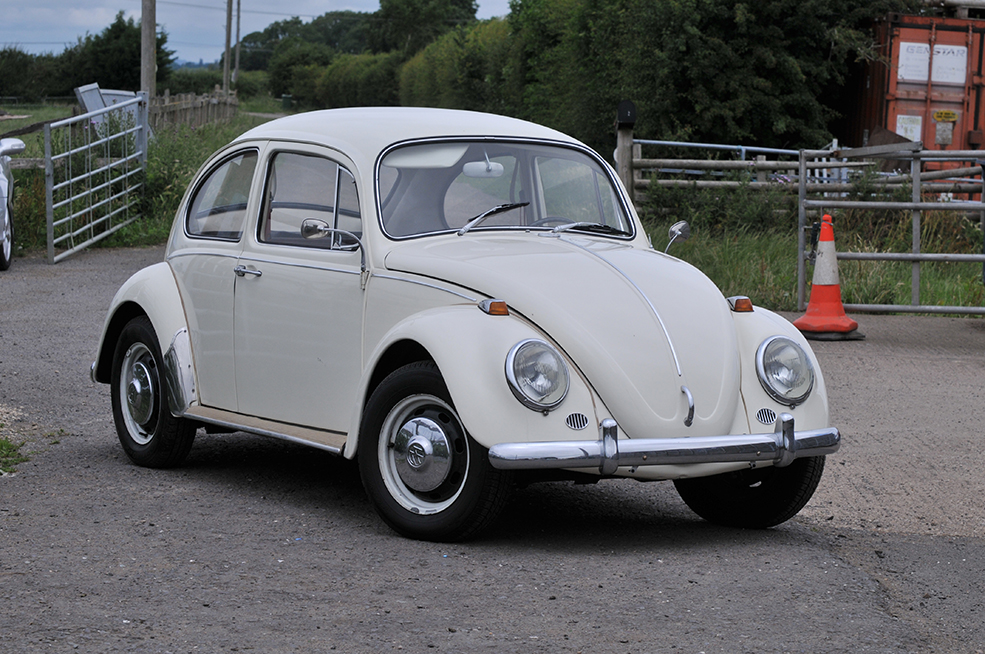
VW Beetle (1938–2003)
A whole city was built for the Volkswagen Beetle, and today the Wolfsburg Volkswagen factory remains the world’s largest manufacturing plant in the world, even if its days of producing the Beetle are at an end. The original shape Beetle was conceived in the 1930s and production remained in Germany until 1978 but continued in Brazil until 2003, where demand was particularly keen. After some shaky beginnings, the distinctive Volkswagen became an icon, crucially winning a following in the American market.
Early cars are known as split windows, the rear featuring a new oval window from 1953, while mechanical refinements continued to be added through the years. In 1960, indicators were built into all models’ rear lights, power breached 30bhp and gearboxes featured full synchromesh. The later models, while being the easiest to drive and run, are still the most affordable today – being considered less charming than early cars. Pre-1960 cars tend to go over £20,000, a point that was more like £15,000 only five years ago. The £15,000 mark is where the good 1960-1970 cars roam today, but even these are convincingly on the up.
In a market where particularly special examples, in terms of age or condition, can exceed £30,000, the value proposition of later cars and general appreciation of the model by a whole new generation of enthusiasts is driving up prices across the board. Since the start of this decade, the average values for the classic Beetle have doubled. Gone are the days of the sub-£1000 Beetle, and there seems to be no visible end nearby.
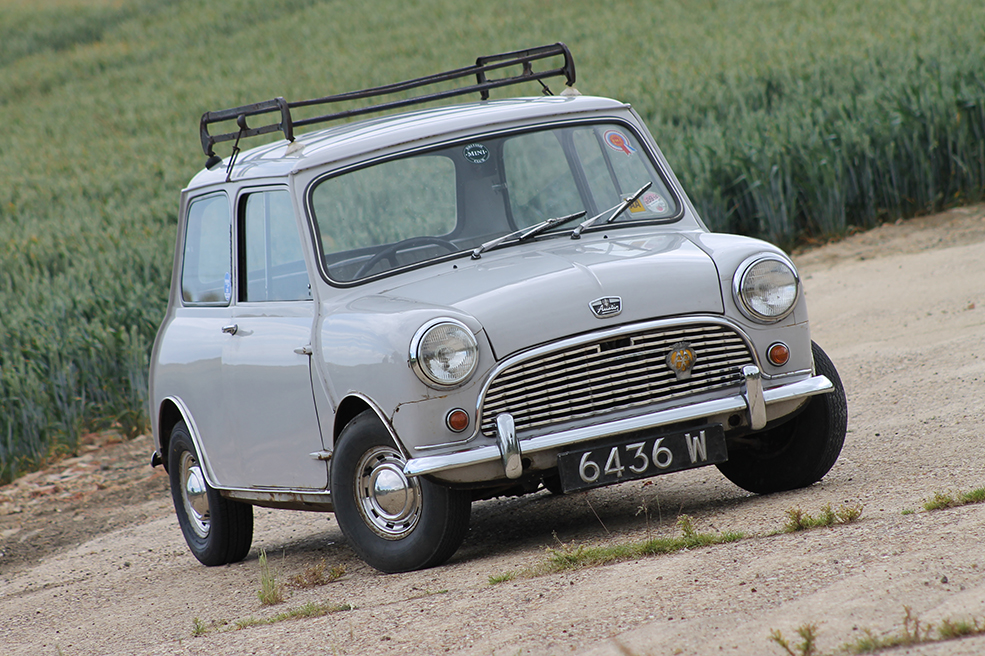
Morris/Austin/Rover Mini (1959–2000)
Alec Issigonis’s famous design that pushed the four wheels to the corners and fitted the engine transversely above the driven wheels at the front quickly became a sales hit. Over five million cars were built over its 41-year production span, and it has become such an identifiable icon that the retro revival under BMW custody has continued the brand into a hugely successful modern era.
Values have been steadily up since the early 2000s, at a time when early Cooper S models were still pricey but not as much as today. Even a Mk3 Cooper S will easily fetch over £25,000, a figure which a late 1999/ 2000 Cooper S Works will nearly reach. The wider market though, is more around £10,000, up a good 40% over the past five years, and representing a trend that has been ongoing since at least 2005. It’s been a long time since a classic Mini has been available for a few hundred pounds.
The value growth of special models does show, however, some suggestion of plateauing. Pre-1969 models overall, too, are sitting steadily at around the £15,000 mark and Coopers of this age take an established £5-£10,000 premium. The market seems to have run out of puff at this point, revealing some parameters of the classic Mini value range.
There are still a few project cars on the market that can be in the low thousands, showing potential is still there for those after a bargain. As these are restored or fall into disrepair, there is some growth potential but it should simply be a matter of those certain models playing catch up with the current stars.
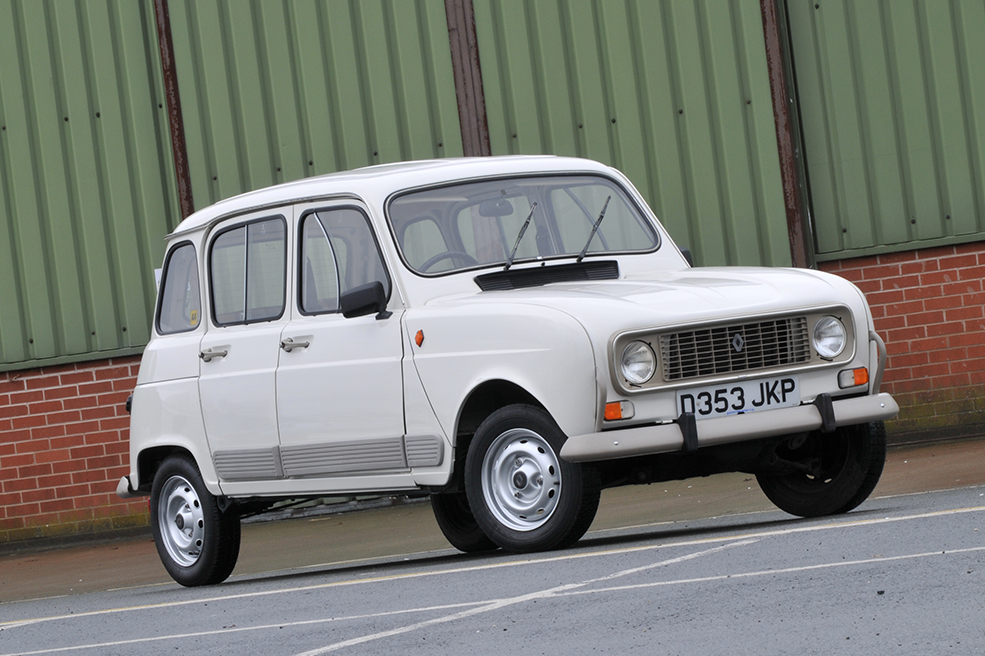
Renault 4 (1961–1992)
Renault’s answer to the iconic Citroen 2CV, the Renault 4 arrived in 1956 as a marginally more civilised alternative. There was more space inside, while a full-height hatchback allowed for easy access to the relatively large interior space. The front-engined, front-wheel drive layout moved the game on over its 4CV predecessor, although the two shared the same 747cc engine.
The R4 proved a popular back-to-basics car, especially when the 1978 GTL arrived with a more powerful 1,108cc engine. Today, there’s plenty to love about its no-frills approach, combined with an all-mechanical appeal and some quirky engineering choices that make for an interesting DIY project.
If you’re not in a rush, the R4’s design genius means it still makes sense as an everyday car today. With values strengthening as good examples become harder to find, now’s the time to take the plunge if you’ve always fancied a slice of rural France on your driveway.



